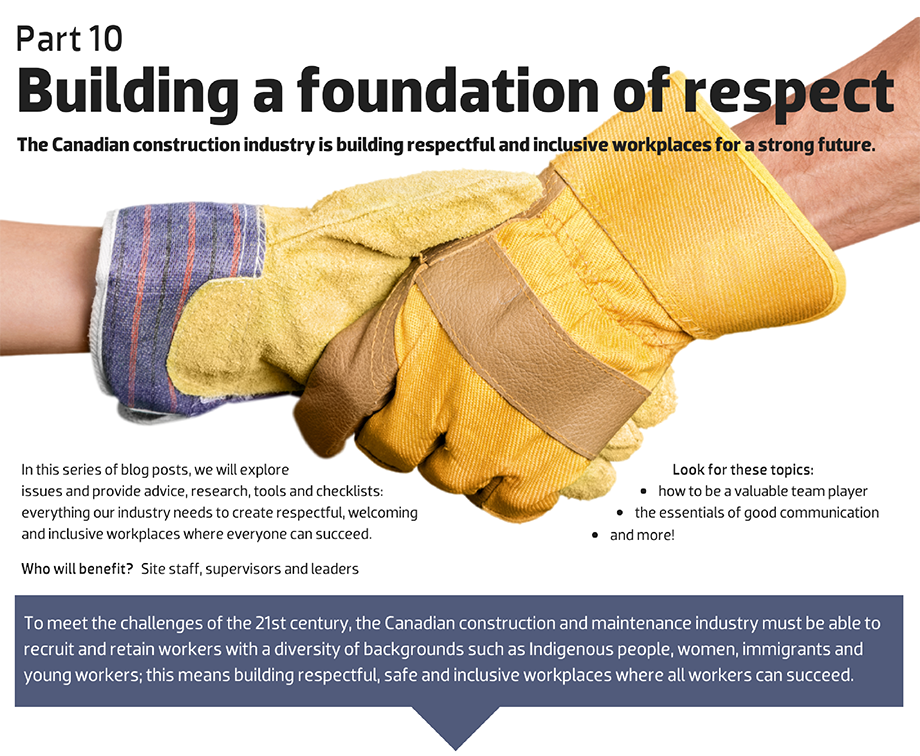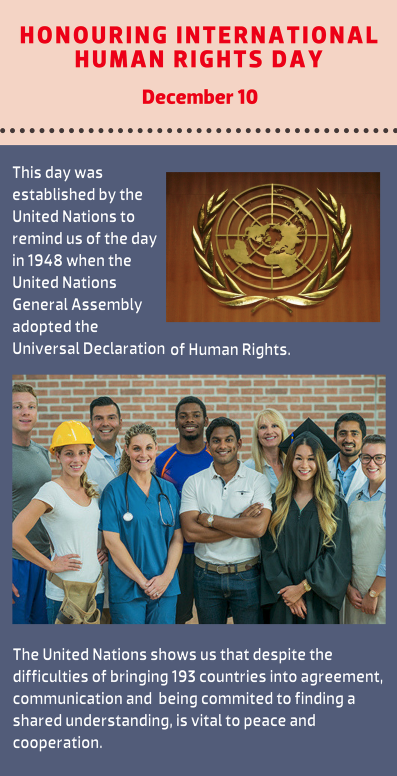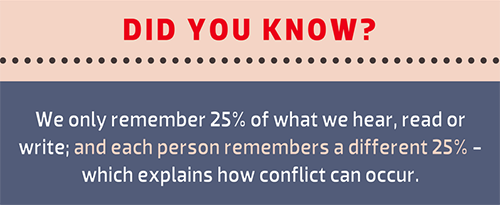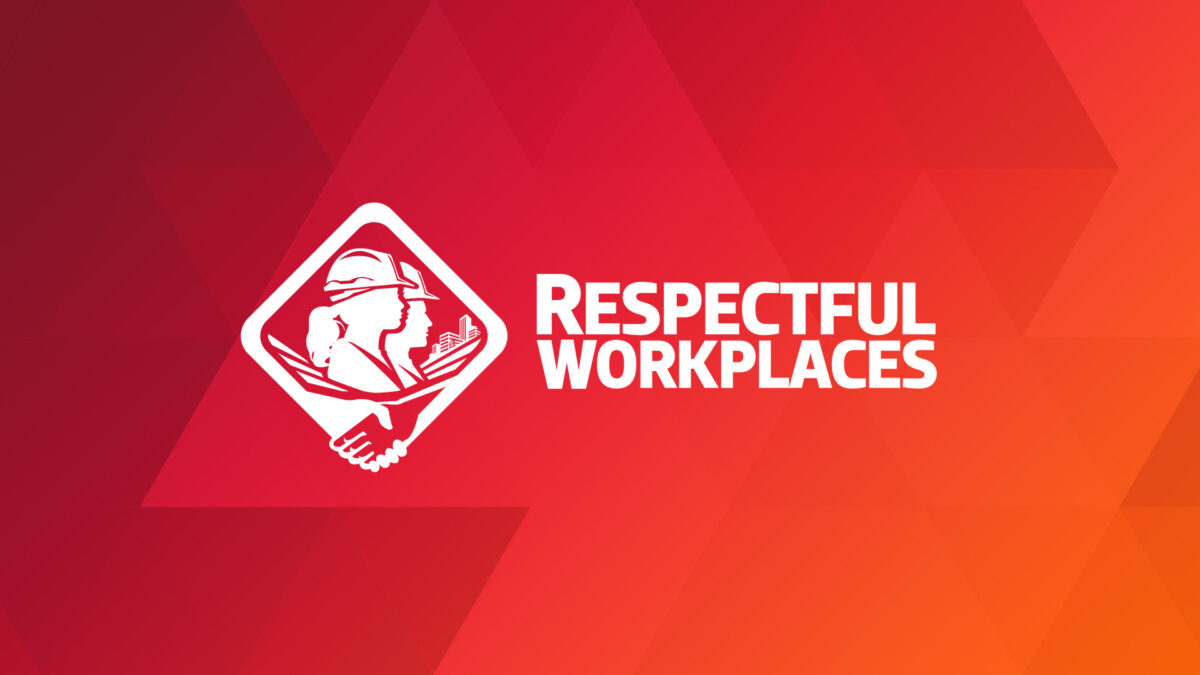

The challenges:
- Understanding that effective verbal communication is critical to “inclusive” communication.
- Developing effective verbal communication skills to overcome barriers across different genders, backgrounds, and orientations.
- Building awareness that effective verbal communication is more necessary than ever before in all workplaces.
The solutions:
- Recognize that effective verbal communication skills can overcome barriers across genders, backgrounds or orientations.
- Provide training to all workers to develop competency in effective verbal communication.
The communication process is a two-way process that involves:
- The sender: the person who sends the message
- The message gets filtered through attitudes, bias, assumptions, etc.
- The receiver: the person who hears the message also filters the message through attitudes, bias, assumptions, etc.
- The feedback loop: the process by which the sender and receiver ensure shared understanding
- Communication factors: anything that assists in developing shared understanding
- This might include repeating back what you understand or adjusting your message to overcome barriers based on gender, background, or orientation.
Differing behaviours and expectations across backgrounds and orientations impact shared understanding:
- Eye contact
- Some cultures tend to avoid eye contact as a sign of respect for authority.
- Physical distance
- In some cultures, keeping physical distance is a sign of respect.
- Cooperation
- In some cultures, people may be more reserved and will wait for an invitation to speak.
- Giving opinions
- In some cultures, people may avoid giving opinions, especially directly and especially to a boss or team leader. They prefer to speak to someone else. This will seem as though they don’t have ideas or opinions and/or are not willing to contribute.
- Listening
- In some cultures, people will look away frequently when listening or speaking as a sign of respect.
4 barriers to effective verbal communication:
- Criticizing
- Labelling and name-calling
- Kidding and sarcasm
- Negative attitudes

——-
OUR NEXT INSTALLMENT: Working effectively in teams in a respectful and inclusive workplace.
Previous installment: Inclusive communication starts with “listening to understand”
——-
Resources:
- BuildForce Canada. “Communication, Negotiation, Conflict Resolution.” Construction E-Learning Centre. Available at elearning.dev-bf-hub.pantheonsite.io.
- English, Laura M. and Sarah Lynn. Business Across Cultures: Effective Communication Strategies. 1995. Longman, New York, U.S.A.
——-
– JOIN THE CONVERSATION –
What are the characteristics of an excellent communicator?

This project has been funded by Status of Women Canada.

Respectful and Inclusive Workplaces
